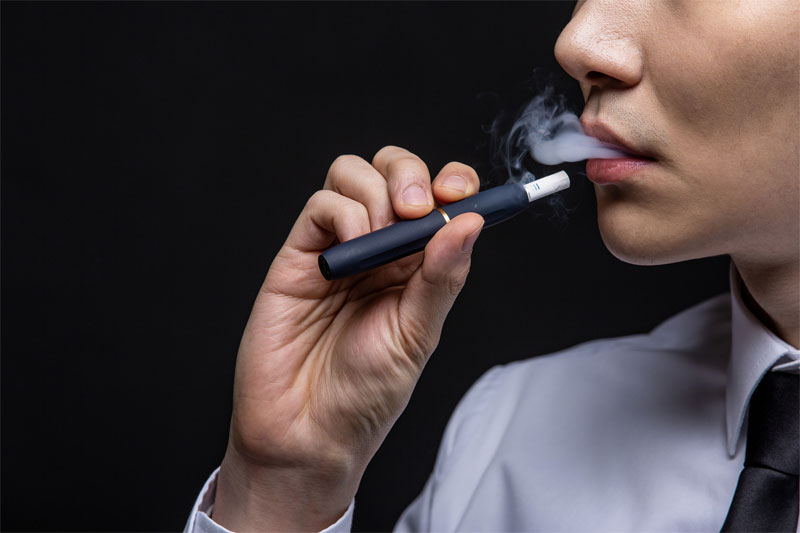Electronic cigarettes, often termed e-cigarettes, have revolutionized the smoking industry by providing an alternative to traditional tobacco products. As they gain popularity, understanding the role of nicotine within these devices becomes crucial. Nicotine, a naturally occurring stimulant found in tobacco plants, is notably addictive, and its presence in electronic cigarettes raises important questions concerning health implications and user behavior.

The Role of Nicotine in Electronic Cigarettes
Unlike traditional cigarettes, which burn tobacco to release nicotine, electronic cigarettes vaporize a liquid solution that contains nicotine. This process is cleaner, but the addictive nature of nicotine remains unchanged. Users should consider the nicotine concentration in e-liquids which varies significantly among brands and products.
Nicotine Concentration in E-liquids
The concentration is often measured in milligrams per milliliter or as a percentage. Some e-liquids are labeled as “nicotine-free,” catering to users preferring reduced dependency. However, those new to e-cigarettes must be cautious of nicotine levels, as higher concentrations can lead to overconsumption or increased addiction susceptibility.
Health Considerations of Nicotine in E-cigarettes
The health effects of nicotine are well-documented; primarily, it impacts the cardiovascular system, raises blood pressure, and induces an adrenaline release. Nonetheless, the absence of tar and many other harmful substances found in traditional smoking offers a comparative health benefit. Yet, it’s important for public health organizations to continue researching long-term consequences specific to electronic nicotine delivery.
User Behavior and Nicotine Levels
Nicotine levels significantly influence user behaviors, such as puff frequency and duration. High nicotine concentrations can lead to shorter, more intense sessions, while lower levels might encourage longer usage and potentially reduce dependency. Understanding these behaviors can assist in tailoring personalized cessation programs.
Choosing the Right Nicotine Levels

- Beginners: Start with low to moderate nicotine levels to gauge effects and reduce addiction risk.
- Experienced Users: May require higher concentrations for satisfaction, but must remain aware of potential health impacts.
- Non-nicotine options: Ideal for users focusing on quitting completely or those using vaping only as a social activity.
Regulations and the Future
Regulations concerning nicotine levels in e-cigarettes are evolving. Countries and states are enacting policies to control and limit nicotine concentrations, aiming to safeguard public health while allowing consumers the liberty to select their preferred products. The future of electronic cigarettes will undoubtedly be shaped by ongoing research and legislative actions prioritizing safety.
Frequently Asked Questions
Q: Can electronic cigarette nicotine levels be detrimental?
A: Yes, higher nicotine levels can lead to increased addiction and health risks, similar to traditional smoking, necessitating careful selection based on individual needs and health considerations.

Q: Are there electronic cigarettes without nicotine?
A: Indeed, several brands offer nicotine-free options for users aiming to enjoy vaping without the addictive component, providing a solution for those looking to minimize health risks.
Q: How do nicotine levels in e-cigarettes compare to traditional cigarettes?
A: Nicotine levels in e-cigarettes can vary vastly; they can be lower, replicating the nicotine intake of traditional cigarettes or adjusted higher based on user preference.
